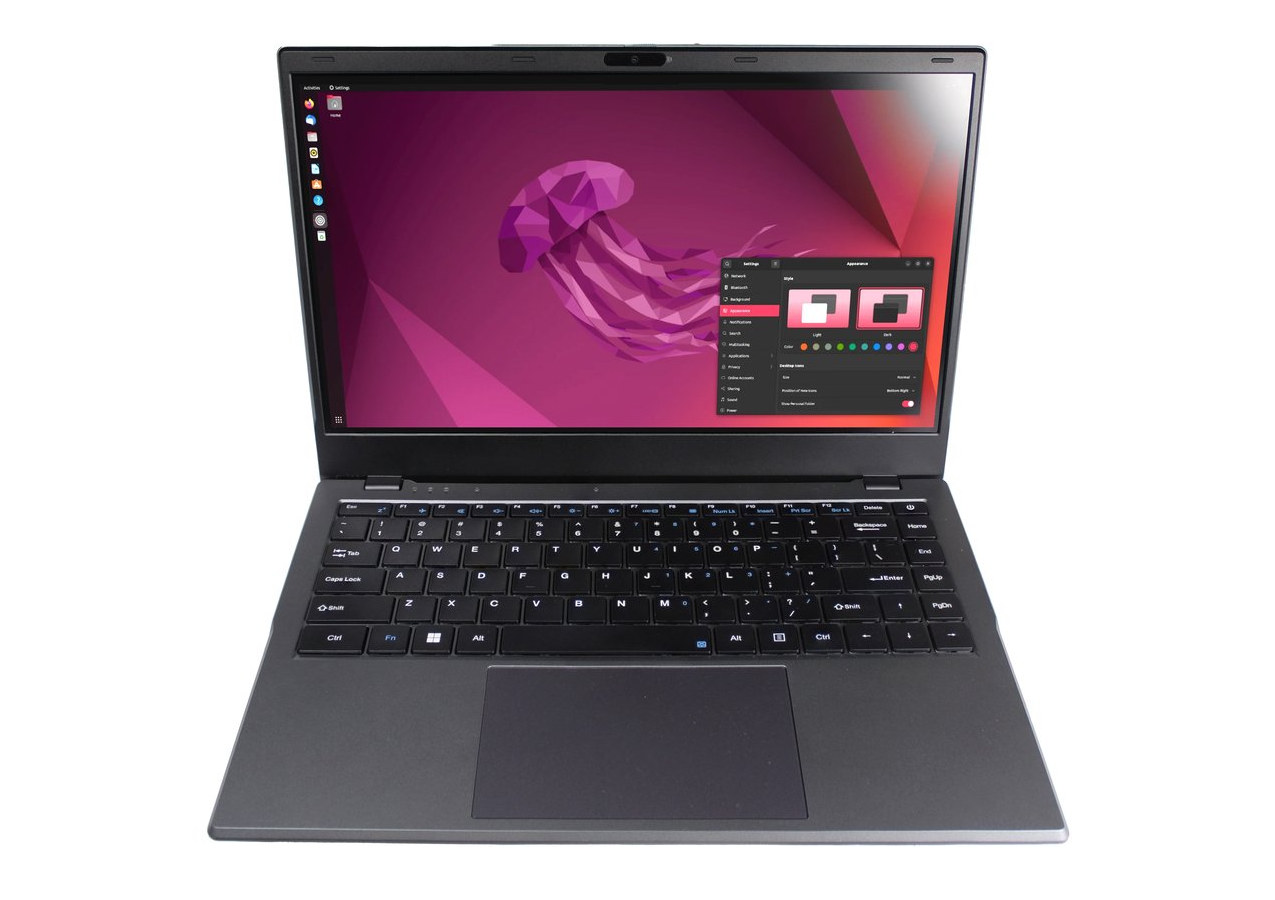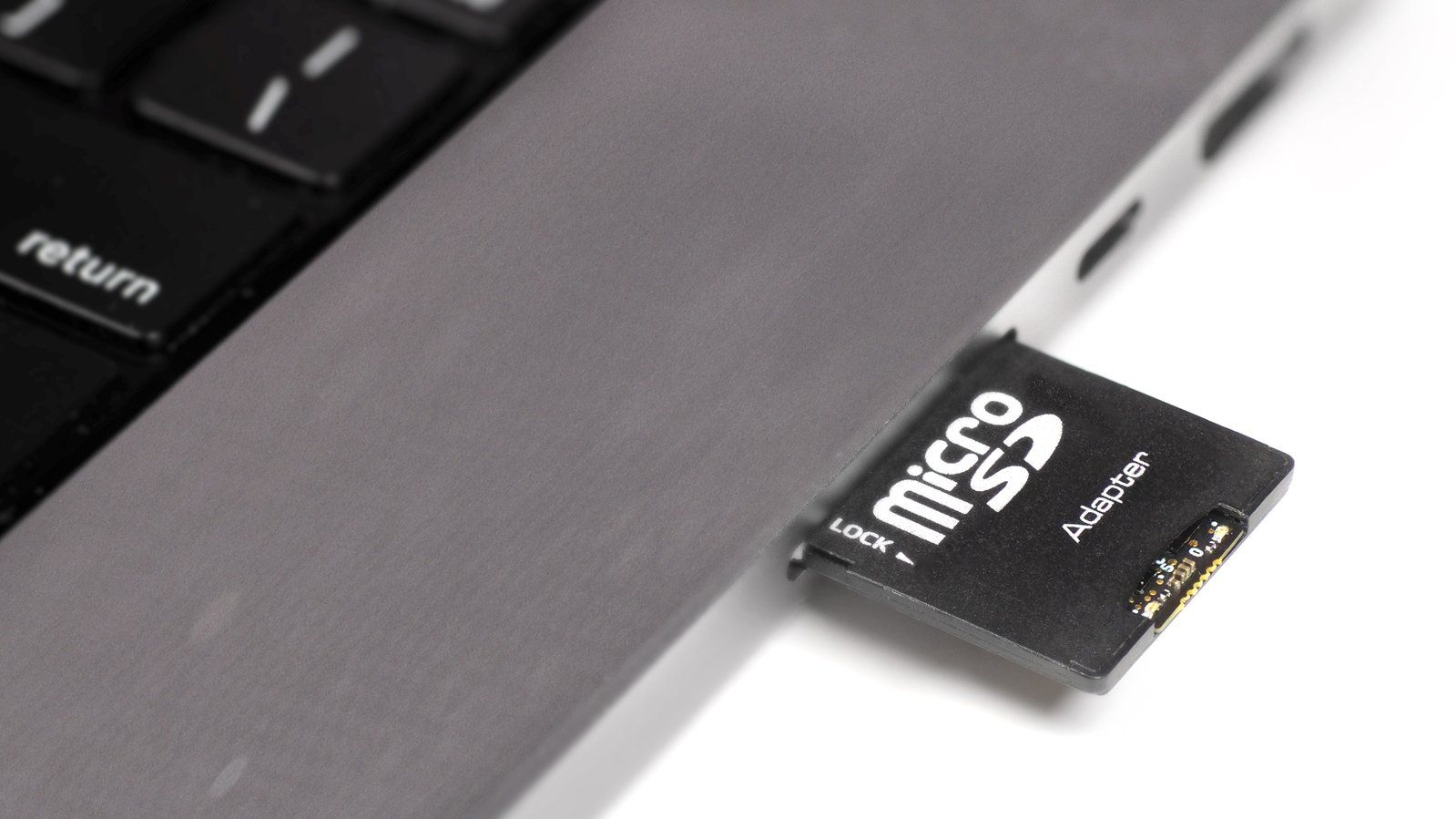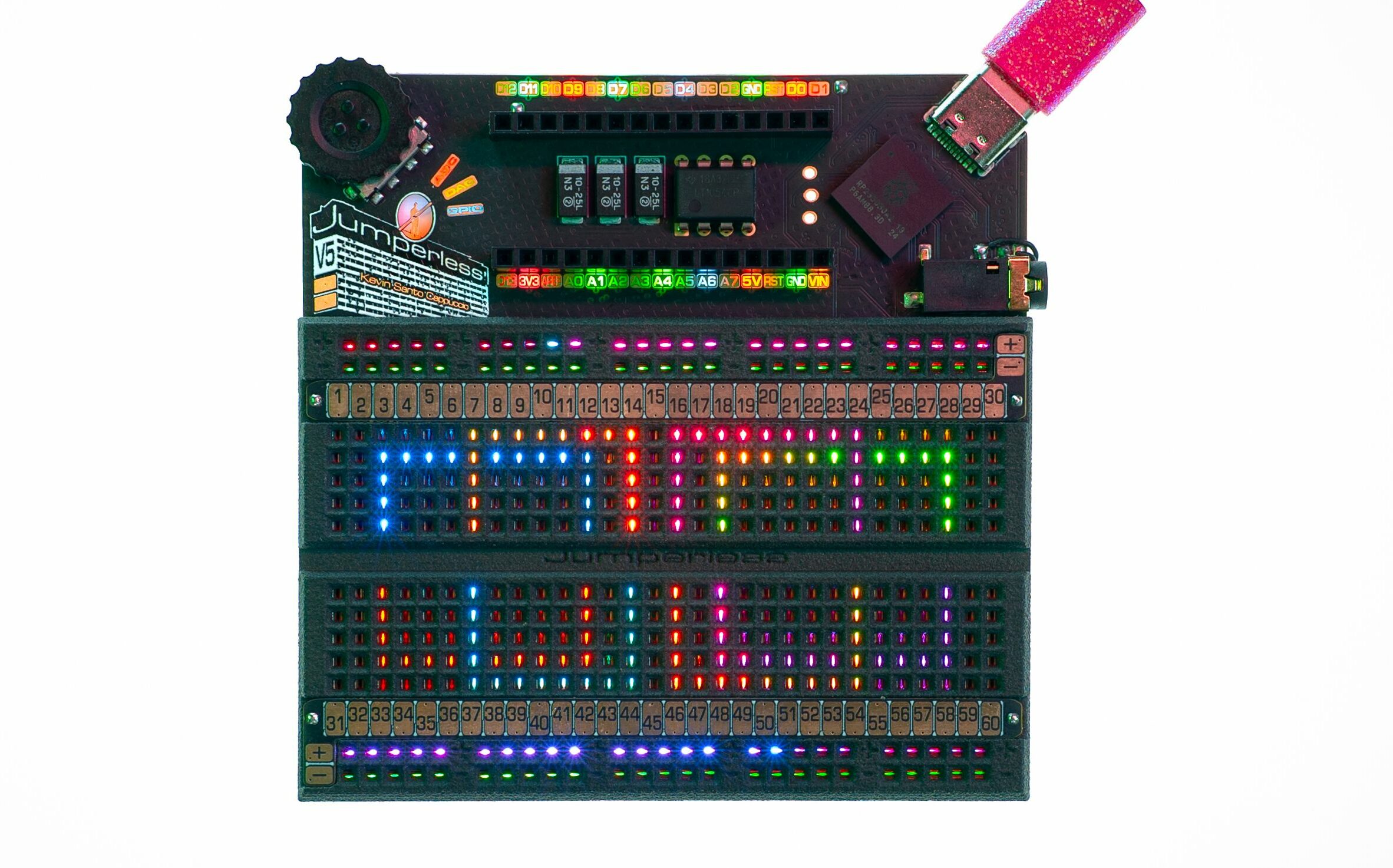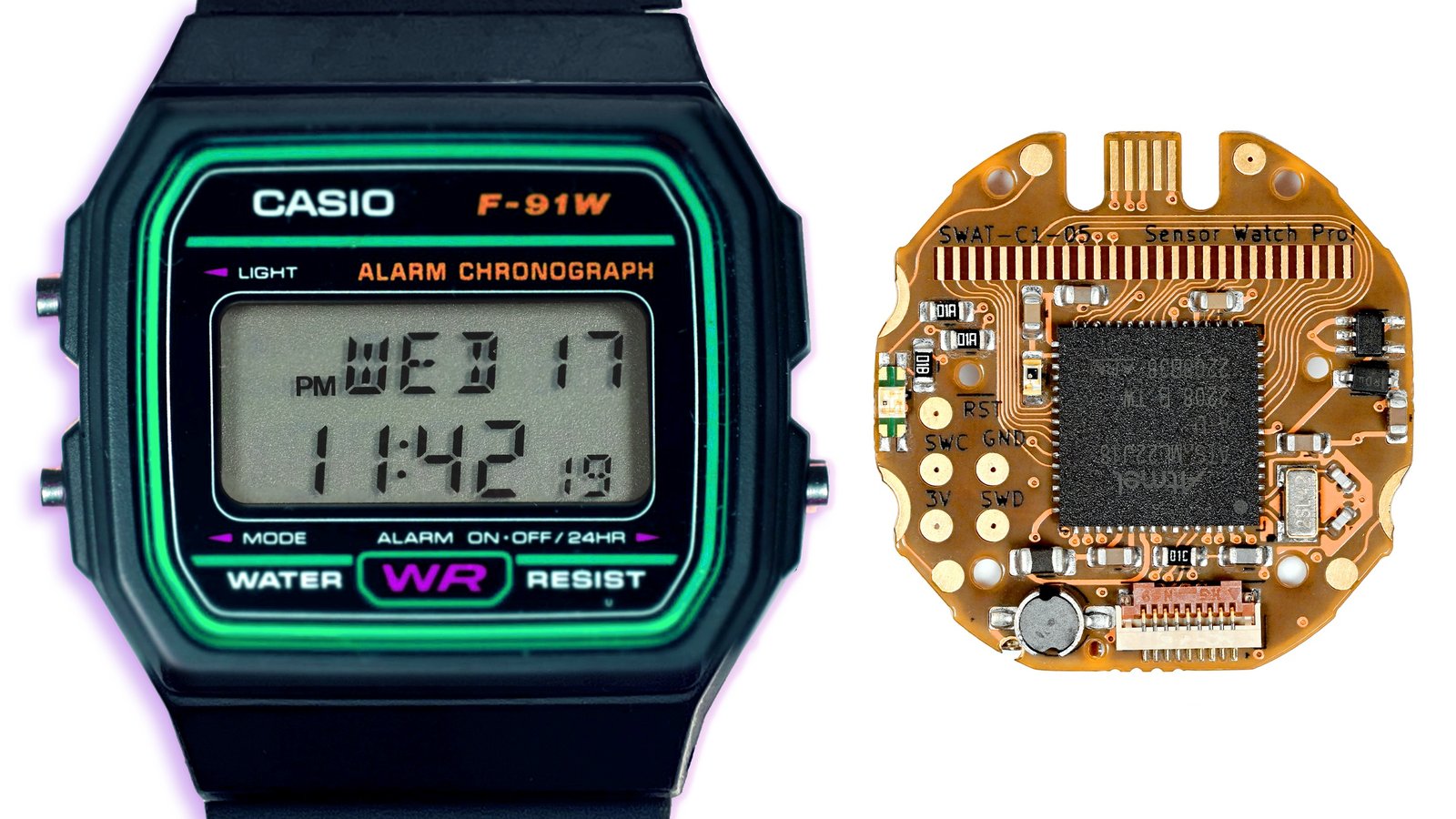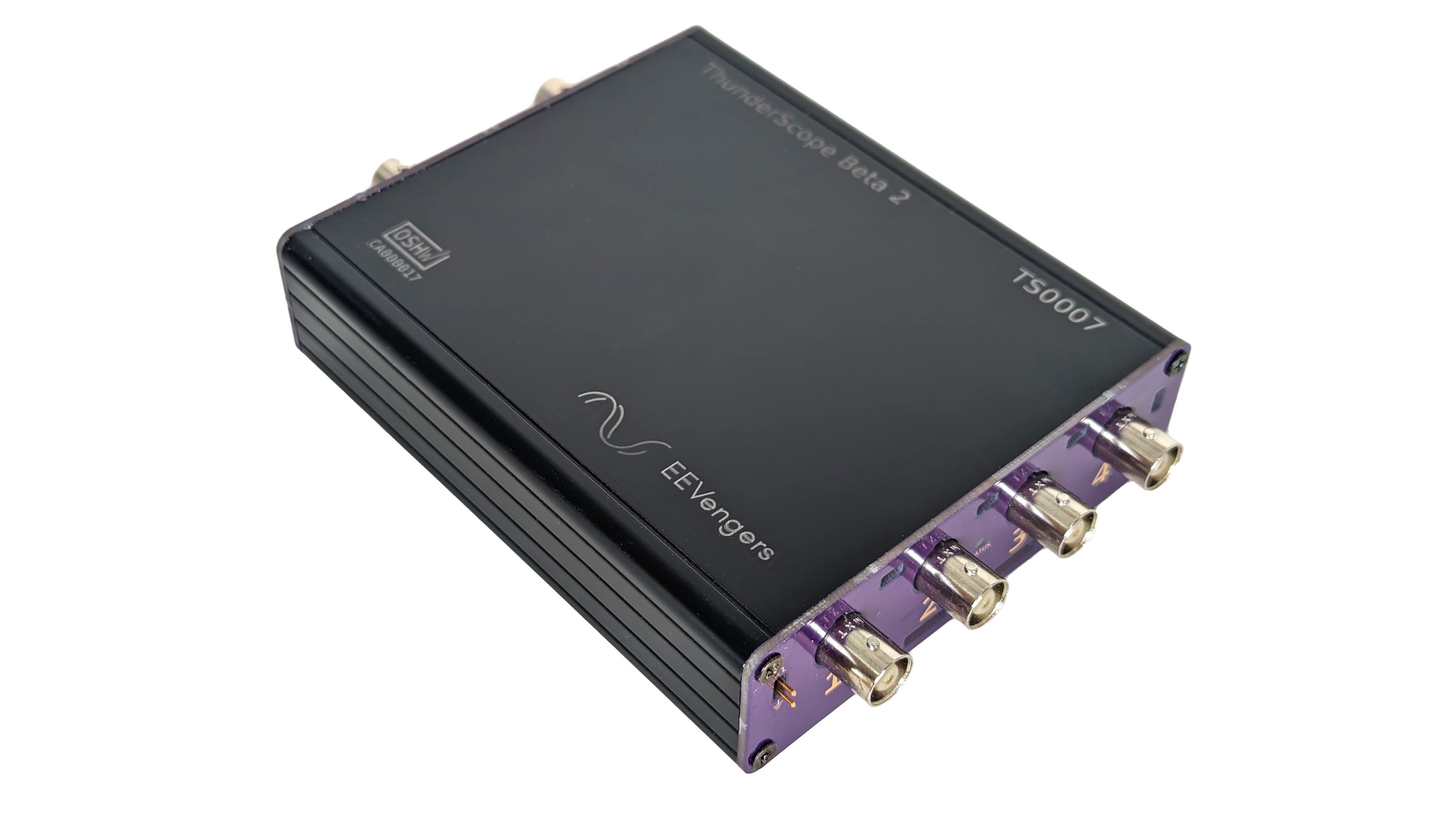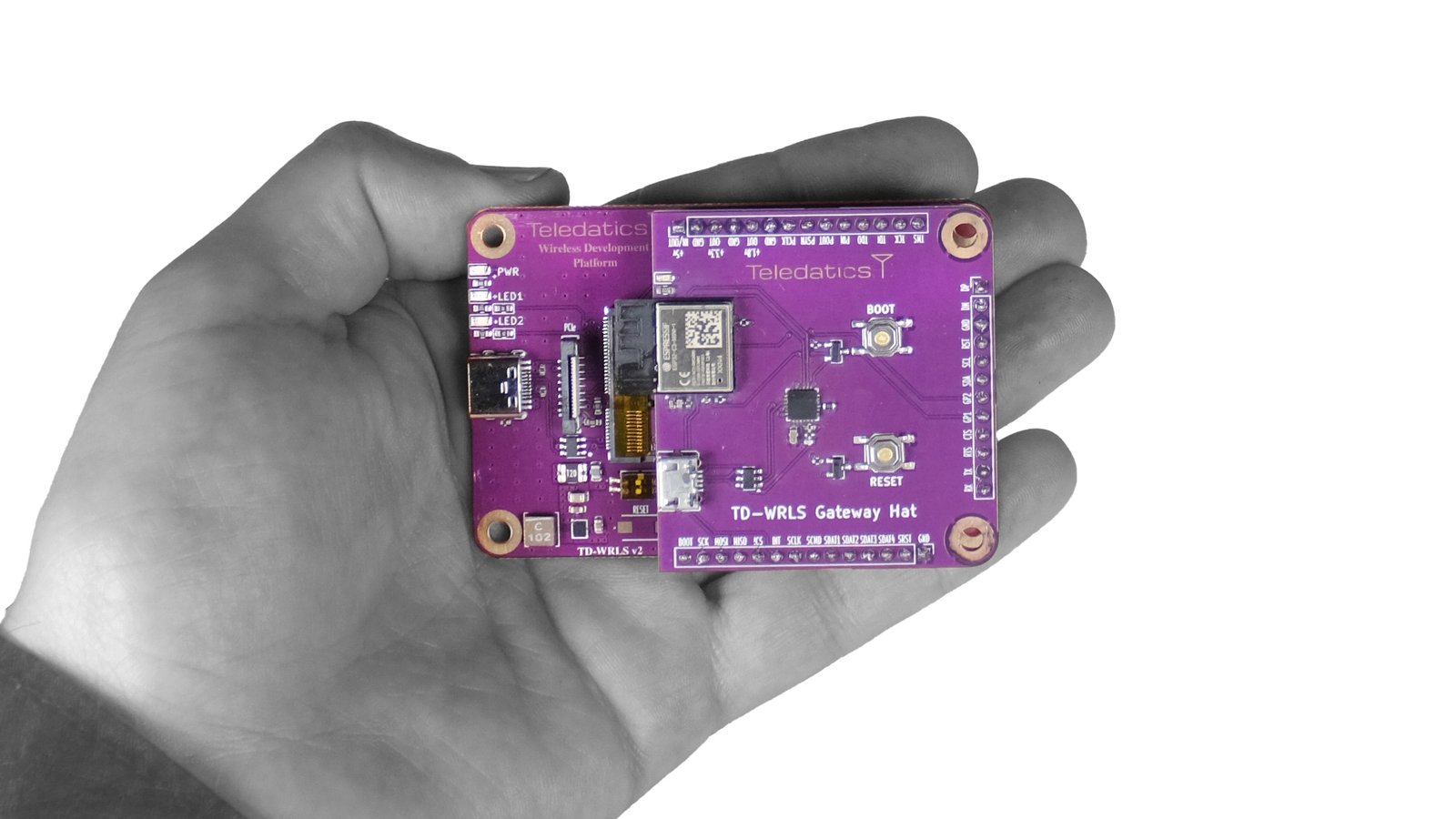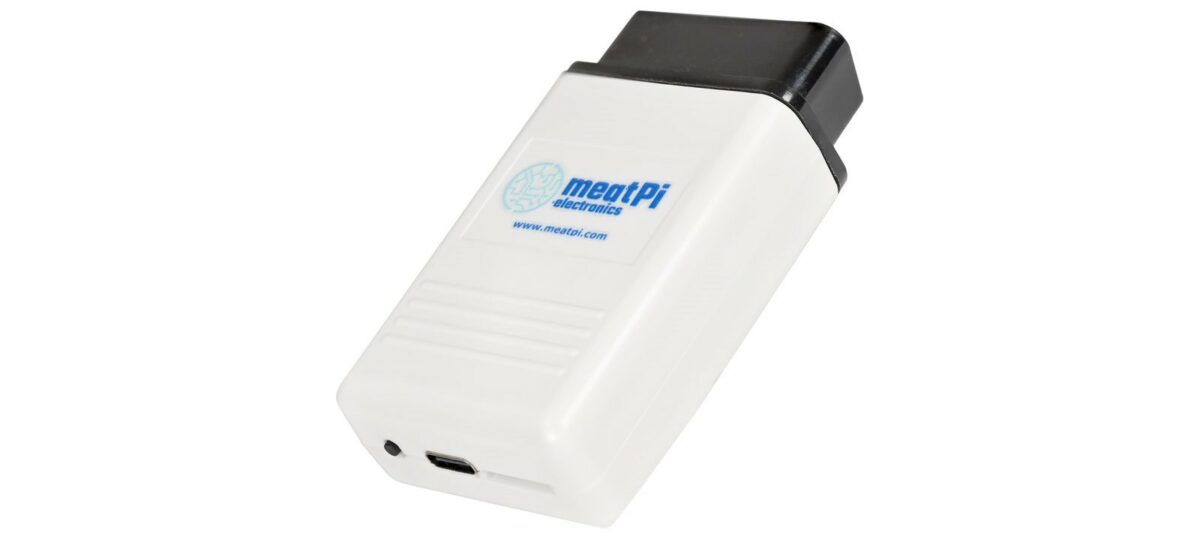GenBook RK3588 is a modular Linux (and Android) laptop powered by a Rockchip RK3588 Arm system-on-module (SoM), and easily serviceable by the user who can add M.2 MVMe SSD storage, switch wireless module, and eventually update to a more powerful SoM, or even change the display. It looks very similar to the Cool Pi Arm Linux laptop, and it’s indeed made by the same company, but a representative told CNX Software that the GenBook RK3588 was an upgrade of the Cool Pi without further details. So let’s have a closer look. GenBook RK3588 laptop specifications: System-on-Module – GenM5 (same as Cool Pi CM5 except for the move from LPDDR4/4X to LPDDR5) SoC – Rockchip RK3588 octa-core processor with 4x CortexA76 cores, 4x CortexA55 cores Arm Mali-G610 MP4 GPU Video decoder – 8Kp60 H.265, VP9, AVS2, 8Kp30 H.264 AVC/MVC, 4Kp60 AV1, 1080p60 MPEG-2/-1, VC-1, VP8 Video encoder – 8Kp30 H.265/H.264 video […]
Signaloid C0-microSD is an iCE40UP5K FPGA SoM in the microSD card form factor (Crowdfunding)
Cambridge-based hardware and cloud computing company, Signaloid has begun crowdfunding for the C0-microSD – a tiny, programmable iCE40UP5K FPGA system-on-module (SoM) in a microSD card form factor. It comes preloaded with a RISC-V softcore and users can also load custom FPGA designs onto the board. Part of the Signaloid C0-microSD’s unique appeal is its SD card form factor, which allows it to fit in unused full SD or microSD slots. This allows the implementation of FPGA-based hardware acceleration in systems without traditional expansion interfaces like PCIe M.2 slots. It can also be interfaced with as a standard SD block device and used to bring hardware-accelerated data processing to existing industrial automation, manufacturing, and robotics systems. The iCE40UP5K FPGA SoM has two main use cases: a hot-pluggable FPGA module or a hot-pluggable RISC-V co-processor module. The SD interface allows you to load custom FPGA bitstreams and applications onto the module from […]
USB Insight Hub is an open-source, ESP32-S2-based tool for testing USB devices (Crowdfunding)
The USB Insight Hub is a USB testing tool based on the ESP32-S2 wireless SoC made by Ecuador-based company Aerio Solutions SAS and aimed at developers and tech enthusiasts. The Insight Hub connects to a computer via a USB Type-C port and expands it to three downstream ports, each with a 1.3-inch color display screen that displays information about the serial device such as its assigned enumeration name, voltage, and current. The enumeration name displayed helps to identify all virtual ports running through the Insight Hub. This feature is quite handy when multiple devices are connected. Although the hub features a Wi-Fi-enabled SoC, it doesn’t currently support wireless networking. Each downstream port is connected to a dedicated voltage and current meter for real-time feedback. Also, the hub implements configurable short-circuit, over-current, and back-current protection. It also allows you to control the individual activation and deactivation of the D+/D- data lines […]
Jumperless V5 programmable breadboard is based on Raspberry Pi RP2350B, features a built-in power supply (Crowdfunding)
Jumperless V5 is a one-of-a-kind, programmable breadboard based on a Raspberry Pi RP2350B microcontroller that lets you skip the jumper wires and jump right into prototyping. It is described as “an Integrated Development Environment (IDE) for hardware.” The Jumperless V5 also removes the need for test equipment as it comes with built-in power supplies and can function as a multimeter, oscilloscope, function generator, and logic analyzer. As the name implies, the Jumperless V5 breadboard is a revamped version of the original Jumperless, with significant upgrades to make the board easier to use. The Jumperless V5 features a 14 x 30 LED matrix display under the breadboard, a probe for making connections and measurements, four ±8 V, 300 mA power supplies, daisy-chain headers, and overcurrent/overvoltage protection. The software-defined jumpers allow all points to be connected. The four individually programmable ±8 V power supplies, GPIOs, and management channels for voltage, current, and […]
Sensor Watch Pro turns the Casio F-91W into a modular Arm Cortex M0+-based digital “smartwatch” (Crowdfunding)
Joey Castillo of Oddly Specific Objects has released a follow-up to the Sensor Watch, aptly named Sensor Watch Pro. The Sensor Watch Pro remains a board swap for the classic Casio F-91W or A158W digital watch that replaces the original quartz movement with the low-power ARM Cortex-M0+ microcontroller. The Sensor Watch Pro retains features from the Sensor Watch Lite and comes with a few upgrades such as a louder piezo buzzer, an RGB LED, an infrared light sensor, and a completely soldering-free experience. The new watch integrates a custom-fabricated metal spring connector that previously had to be manually soldered after purchase. We had also looked at other hackable watches in the past, such as Bangle.js, Bangle.js 2, and Watchy. Buyers can opt for a custom LCD that extends the number of segments available from 72 segments to 92 segments. It comes with an onboard temperature sensor and can be connected […]
ThunderScope is an open-source Thunderbolt and PCIe oscilloscope with a 1 GS/s data sampling rate (Crowdfunding)
The ThunderScope is an open-source, Thunderbolt/USB4 and PCIe oscilloscope with a sampling rate of up to 1 GS/s. It is portable, presents an affordable, open-source alternative to expensive bench-top and PC-based scopes, and delivers a higher sampling rate than most USB oscilloscopes. ThunderScope streams sample data to your computer for processing and analysis, unlike traditional oscilloscopes which “are limited by their built-in processing capabilities and cramped user interfaces.” It uses the fastest available interface, Thunderbolt, to stream data, allowing it to use your computer’s full potential. ThunderScope is “the only scope that will get better every time you upgrade your computer.” The Thunderbolt oscilloscope is based on AMD’s Artix 7 XC7A35T-2CSG325C FPGA. It supports up to four channels and a full analog bandwidth of 500 MHz (with the anti-aliasing filter disabled). It doesn’t require an external power source, as it is powered via the Thunderbolt port. It comes in a […]
Teledatics HaloMax Wi-Fi HaLow LGA or M.2 module supports over 1000 clients, have been tested at a 100+km range (Crowdfunding)
Teledatics has launched a crowdfunding campaign for the TD-HALOM HaloMax Wi-Fi HaLow module available in LGA and M.2 form factors for long-range and low-power connectivity, as well as HaLow development boards based on the module and various daughterboards for expansion. The wireless module, powered by Newracom’s NRC7394 SoC, is the product of a collaboration between Newracom and Teledatics. According to Zac Freeman, VP of Marketing & Sales at Newracom, the HaloMax module is “the highest output power Wi-Fi HaLow module available on the market. The Teledatics TD-HALOM module transmits at the highest allowable FCC power output and offers a Maximum Range HaLow solution.” Earlier this year, Teledatics broke the record for the longest distance for a Wi-Fi HaLow connection using the HaloMax wireless module and TE Connectivity Yagi antennas. Two Raspberry Pi 4 Model B units were able to communicate over a distance of 106km between Mount Greylock and Mount […]
WiCAN Pro – An ESP32-S3-powered OBD scanner for vehicle diagnostics with Smart Home integration (Crowdfunding)
MeatPi Electronics introduced the WiCAN Pro, an ESP32-S3-based OBD scanner, and the successor to WiCAN-OBD. Equipped with an OBD-II interface IC, it provides full support for all legislated OBD-II protocols. It offers compatibility with multiple CAN Bus protocols, including three standard CAN Bus and single-wire CAN Bus. The previous generation WiCAN module came in an OBD or USB-based version. The WiCAN Pro only has an OBD interface, but another significant difference from the previous product is that it features a USB host port. This port can power USB devices up to 1.5 amps at 5 volts and enables capabilities like adding GPS or cellular-based radios, like with meatPi’s ESPNetLink add-on. WiCAN Pro specifications: Wireless Module – ESP32-S3-WROOM-1-N16R8 SoC – Espressif Systems ESP32-S3R8 dual-core Tensilica LX7 @ up to 240 MHz with vector instructions for AI acceleration, 512KB RAM, 8MB PSRAM Storage – 16 MB flash Wireless – 2.4 GHz WiFi […]


